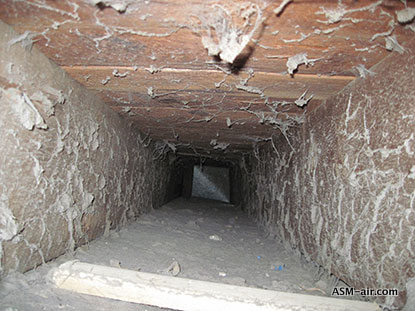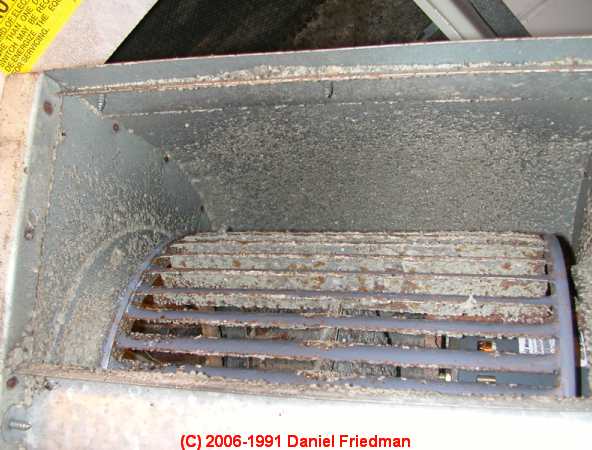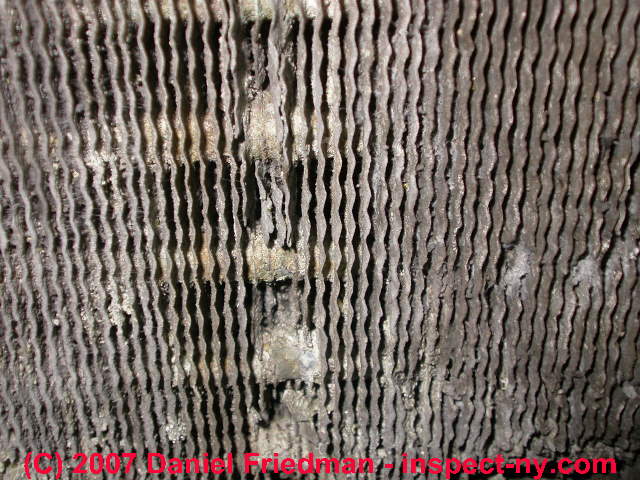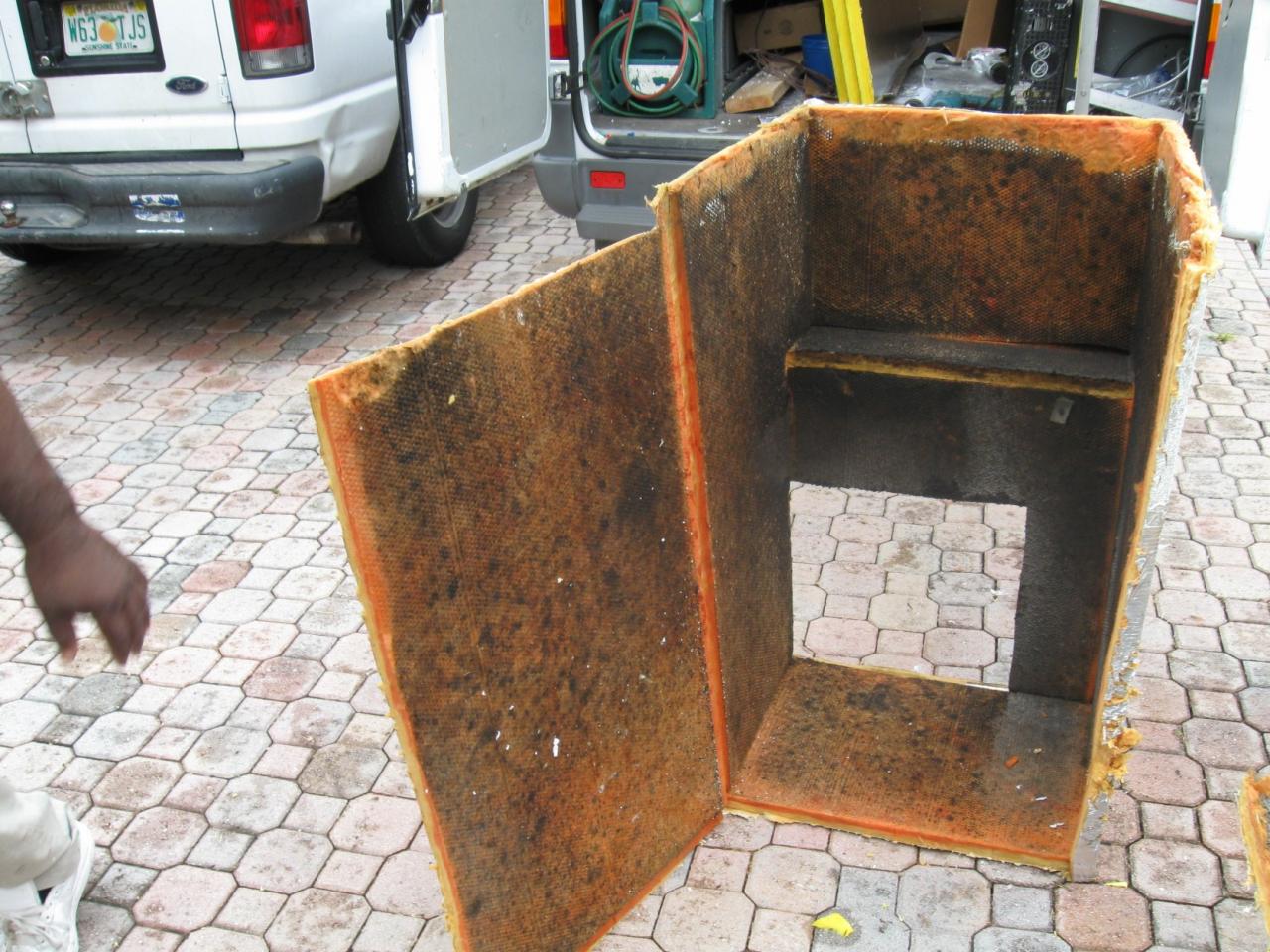Heating and Air Conditioning Systems (HVACs) are not all made alike. Nor are all HVAC Systems made for all the different weather patterns that we see around a country like the good ole USA. Can you imagine how difficult it is for the same basic HVAC unit to heat or cool air in such different climates as Florida and Minnesota? And how about the differences between Utah and South Carolina?
What is the point here?
The differences in air temperature, humidity and pressure are so varied in fact that each geographic location can require different types of equipment to properly and safely condition the air.
“How’s that?”, you ask.
There are some critical variables which determine how well and efficiently an HVAC will do its job. We just mentioned three of those – temperature, humidity and pressure. You can imagine that, if the temperature is very high, the humidity is very high and the pressure is very low, the environment inside an air handler is going to be very conducive for things to go wrong.
And go very wrong they will. Here’s an example:
The Heath Coach purchased a new home back in 1995. He proceeded to insert his brand new, extra special air filter into the intake. And there it sat for a couple of years except for the monthly cleanings. Then we noticed a white dust all over the dark suits in the closet, as well as rapid accumulations of white dust on the stereo equipment. Eventually the health issues started to emerge, slowly but surely. One complaint after another, especially from the canaries in the coal mine.
Fortunately, on the day that our trusty HVAC serviceman was performing the semiannual maintenance service, he called me to peer into the air handler. As he directed my attention to the coil down below, which needs to be kept very clean, I couldn’t help but notice the state of the exposed insulation on the inside walls of the air handler.
Oh My God ! ! ! ———> I exclaimed. What in the world is that?! I asked.
He dismissed it as the normal condition of virtually every HVAC unit he serviced over the past many years. Then I began to dig … and probe … and question every piece of that HVAC system. Here’s what we learned … very quickly since the wife was suffering terribly from a whole host of mold allergy related health ailments.
If that air flow isn’t moving at the perfect rate, the air handler can develop a situation very similar to the one that we experienced. In our case, the insulation was simply full of mold, mildew, dirt, dust, grime of every sort and kind. We couldn’t understand why TRANE, considered one of the best in the industry, would manufacture such a flawed HVAC system. The most obvious design flaw was the exposed insulation media which was a perfect trap for anything and everything to “gum up the works”.
The degree of contamination in this instance was so bad and incapable of being remediated that TRANE sent us a free air handler, without being threatened with a lawsuit! Did we mention that the plenum which feeds the air into the air handler was in far worse shape than the air handler itself. It was inches thick with mold and accumulations of God knows what? It had to be ripped out of the mix immediately such a serious health hazard did it pose.
Now here’s the rub. Many may be thinking that this terrible homeowner’s experience sounds like an isolated occurrence. Do you know that every time we have had a new serviceperson at the home since 1998 we have asked them quite pointedly how our system looks compared to the average HVAC in the local area? Invariably our unit ranks as one of the very best in the county. Especially the best in terms of cleanliness.
What is particularly disturbing about this scenario is that ours is still not nearly where it ought to be. That ours is consistently in such better shape than all the rest tells us that there is a HUGE epidemic of sick HVACs out there across suburbia-land.
Yikes! We’re talking a very serious problem in the great majority of homes, especially in those homes which neglect to have annual (should be semiannual) service performed.
Now we come to the real problem that is pervasive across the country. Yes, the molds and mildews, dirt and dust are not something we want constantly recycled through the house 24/7, is it? So, just think of how serious this problem becomes when the air handler is located in the attic, as it is in a very large number of home configurations.
The context is very important here, especially in the warmer and more humid southeastern states, as well as the hotter southwestern states. Whenever the air handler is locate in the attic, where sits the fiberglass insulation, there does exist ample opportunity for the fiberglass dust to be drawn into the unit, whereupon it begins its journey to the four corners of the home. Please read the recently published piece below for further edification on this important health matter:
Fiberglass Insulation: Extremely Hazardous To Your Health
Further context is provided by understanding the working conditions in an attic. HVAC service people dislike – intensely – having to work in such hot, cramped, air-sick spaces. It’s not an easy job, and they try their best to get in and out as quickly as possible. And that they do, often at the price of a healthy, clean air handler. Most fail to properly seal up the unit upon completion of their work. Therefore, the unit itself possesses many points of entry for everything that shows up in the attic air to end up being sent through the ducts, and into every nook and cranny of the home.
Now you know why dusting the home seems like an endless and tedious task. It’s literally set up to be that way. However, when the dust and other airborne particulates include of molds and mildew, fiberglass and cement dust, you just might have a serious health issue on your hands in the very near future.
Cement dust? How in God’s Creation does that get into the picture?
When the air handler in located in the garage, many HVAC installation companies set it up directly on the garage floor. In our case the mason who laid the foundation for the house did a very substandard job. This caused the garage floor cement to dust very easily, especially with air being sent right over the bare floor at high speed, 24/7.
Wow, this story just doesn’t want to get better, does it? Well it does in fact but only with a very well informed, proactive, health coach nailing down every problem that emerges in real time … that being when the HVAC guy is right there ready to respond appropriately.
This quite common predicament is really very difficult to remedy with finality because it does require an HVAC company that is highly initiated into all these different situations. More importantly, they must be willing to remediate them whenever they surface. Some are not aware; others are not so good about paying attention to all the details. And there are many details to pay attention to!
This predicament can get very tricky when there are only older folks available to police the process, particularly when they are incapacitated in any way. This is when an advocate should be found to take a close look at all the areas involved. Because that’s what it really takes. “Sherlock” needs to be on the scene of this crime at least twice a year; that’s how long it can take for any one of the aforementioned problems to develop.
Conclusion:
Air and water — life cannot live without either. Of the two, air quality can be more difficult to control, depending on where one is domiciled or where one works. Therefore, what we can control regarding air quality becomes all the more important toward determining our quality of health.
Perhaps its times to get a flashlight and take a trip to the garage or attic and take a very close look at what might be going on in that there HVAC unit. You just may be very surprised at what you find.
Hopefully you won’t be unhappy, but don’t let that give you a false sense of security. When it comes to treating or conditioning indoor air, regular attention is all that’s required to maintain a high standard of HVAC operation that will produce clean air, which will promote good health.
May you enjoy great health,
The Health Coach
UV Germicidal Lamp Necessary For Controlling HVAC-borne Molds And Bacteria
Health Disclaimer:
All content found at The Health Coach is for information purposes only. Therefore, the information on this website is not a substitute for professional medical care and should not be construed as either medical diagnosis or treatment. All information contained herein ought to be considered within the context of an individual’s overall health status and prescribed treatment plan.
Since The Health Coach does not diagnose, treat, mitigate, cure, or heal any type of disease or medical condition, the information contained at this website is not intended to provide specific physical, mental, emotional or psychological health advice.
It is entirely the reader’s decision to act or not act on any information at The Health Coach. Therefore, we fully invoke the HOLD HARMLESS clause for those who are responsible for putting any of this information into practical use and application.
© 2012 The Health Coach
Permission is granted to post this health blog as long as it is linked back to the following url: https://thehealthcoach1.com/?p=2028





Pingback: HVAC Systems: Is Yours Contaminating Your Home? | dailynewsviews
Pingback: HVAC Systems: Is Yours Contaminating Your Home? | Energy, Frequency, Vibration